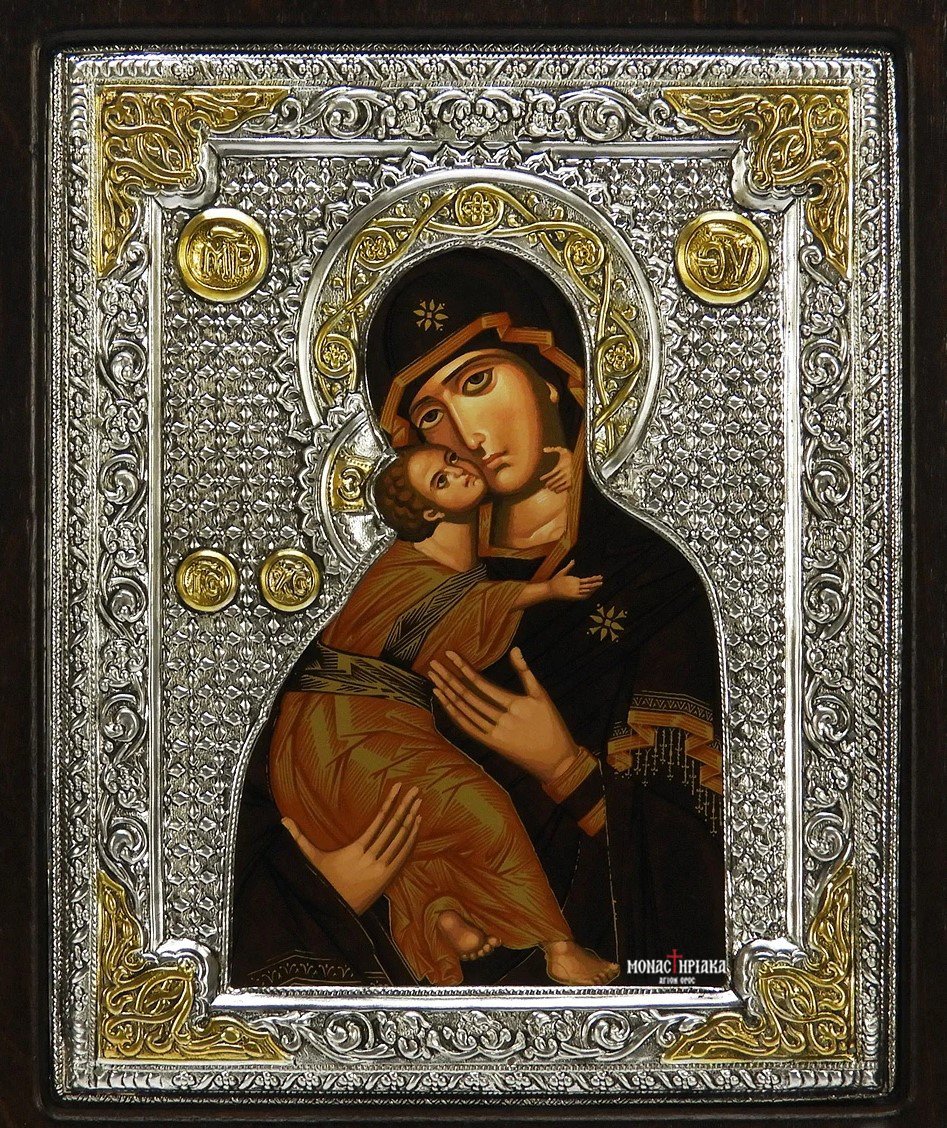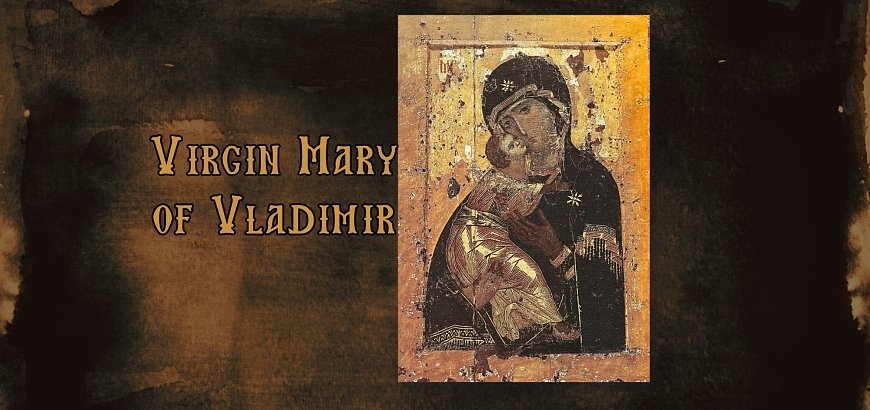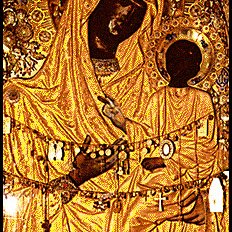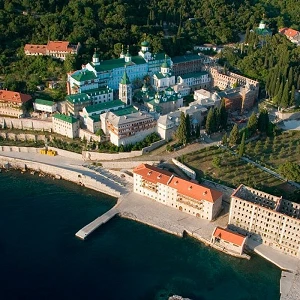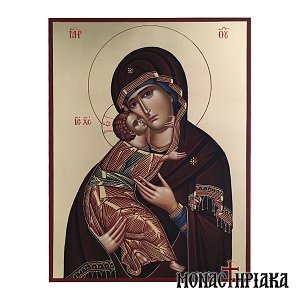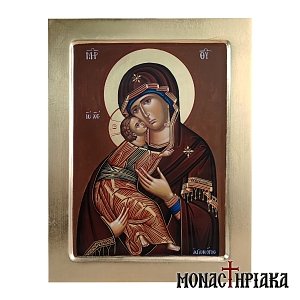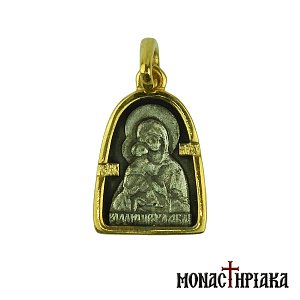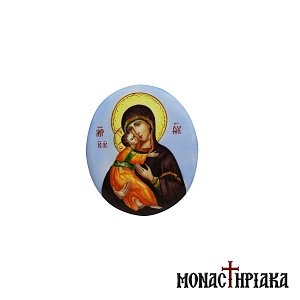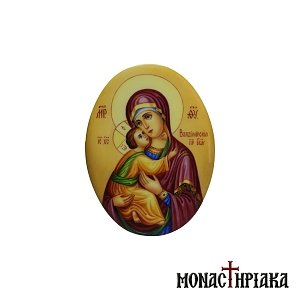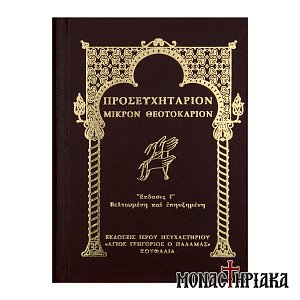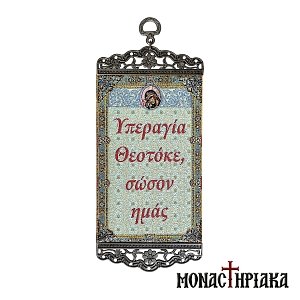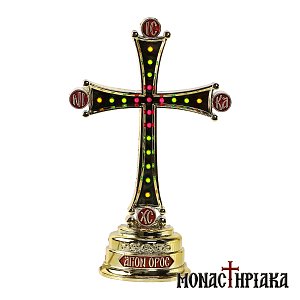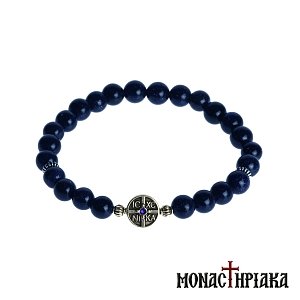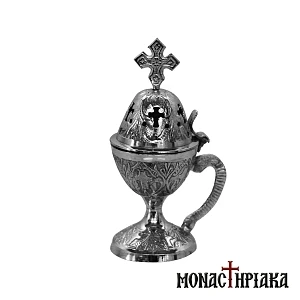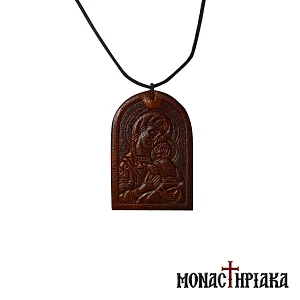The miraculous icon of our Lady of Vladimir is one of the most well-known and beloved icons throughout Russia. It holds significant historical and cultural value, with its connection to the Russian people dating back to the earliest centuries of its history.
What the icon of the Virgin Mary of Vladimir depicts
The icon of the Panagia of Vladimir depicts the Ever-Virgin Mary holding the young Jesus Christ in her arms. Jesus Christ touches His cheek to His Mother and looks at her with tenderness.
The journey of the icon through the centuries: from Jerusalem to Russia
According to tradition, the Evangelist Luke was the creator of the icon of the Theotokos. The icon remained in Jerusalem until the mid-5th century and was then transferred to Constantinople, to the Church of the Virgin Eleousa.
In the 12th century, Patriarch Luke Chrysoberges of Constantinople (1157-1169) offered the icon of the Theotokos to Duke Yuri Vladimirovich Dolgorukov as a wedding gift. The prince received the precious icon and kept it in the women's monastery of Vyshgorod.
In the year 1155, Prince Andrey Bogolybsky transferred the holy icon to the city of Vladimir in Russia. This event led to the construction of a magnificent cathedral dedicated to the Dormition of the Theotokos, where the miraculous icon was to be enshrined.
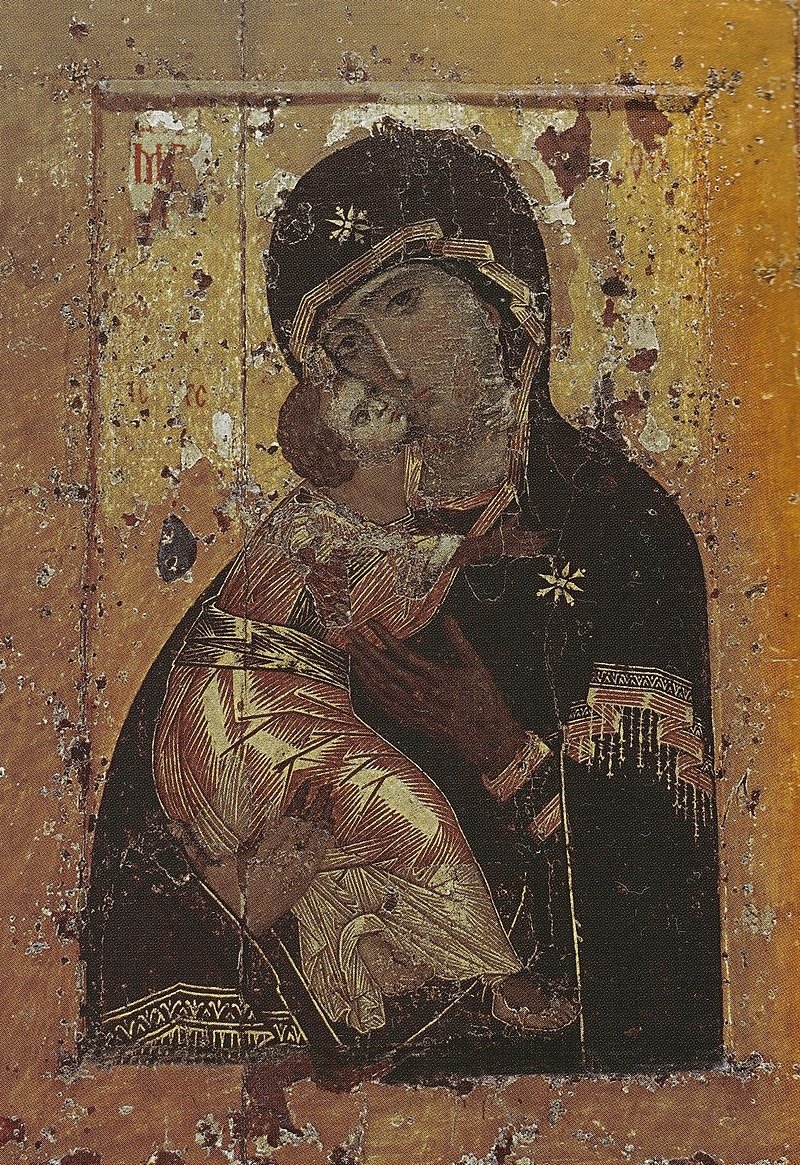
The miracles of the Virgin Mary of Vladimir
The miraculous icon of the Theotokos remained in Vladimir for approximately three centuries. During this entire period, the icon of our Lady performed countless miracles and supported all the faithful who sought her help. The miraculous action of the Theotokos soon became known throughout Russia.
Find at our eshop: iconographies of the Virgin Mary of Vladimir
The miracles that saved the icon of the Theotokos
One of the miracles of the Virgin Mary of Vladimir was that the icon remained unchanged when a fire broke out and completely burned down the church. Additionally, the miraculous icon was saved and not destroyed during the looting by the Tatars, while in many battles of Prince Andrey near the Volga River, it was found near him.
The transfer of the icon to Moscow
In 1395, the icon of the Virgin of Vladimir was transferred to Moscow with the purpose of protecting the city from the attack of Tamerlane (Timur Lenk).
Initially, Prince Vasily Dimitrievich and Metropolitan Cyprian conducted litany with the holy icon of the Virgin to save the city from the invasion of the fearsome Timur Lenk. On August 26, 1395, after 10 days of litany, the faithful welcomed the icon and placed it in the Cathedral of the Dormition of the Theotokos.
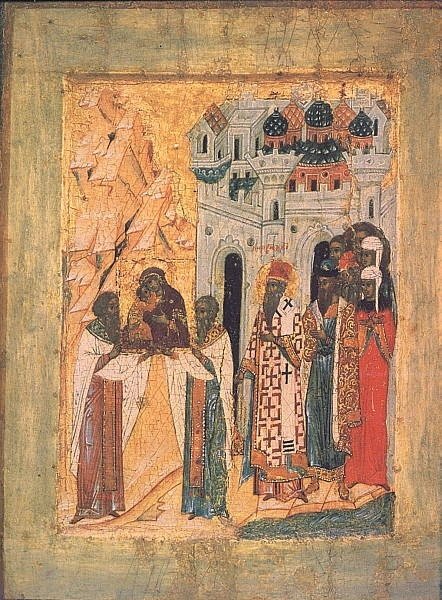
The Saving Dream of Tamerlane
At the same time, Tamerlane slept in his tent and had a terrible dream. From a high mountain, many high priests descended, holding golden crosiers in their hands, while above them was a woman wrapped in a shield of light. Around the woman were countless angels holding fiery swords. Suddenly, they ran towards him.
When Tamerlane woke up, he asked his counselors to interpret the dream that he had just seen. They told him that the dream symbolized the Mother of God Virgin Mary and the protector of the Russians. Hearing this interpretation, Tamerlane decided to retreat. Thus, this miracle proved to be salvation for the Russian people.

Where is the icon today
It is worth noting that the icon of the Virgin Mary is credited with the victories of the Russians against the Tatars during the 15th century. In 1480, the icon was permanently transferred to Moscow.
In 1918, the Soviet government took over the maintenance of the precious icon. The four layers that covered the Theotokos were removed and the miraculous icon returned to its original form.
Ultimately, the icon of our Lady of Vladimir was transferred to the Museum of History in Moscow and from there to the Tretyakov Gallery, where it remains to this day in a chapel.
Find here: Enamel icons of the Virgin Mary of Vladimir.
